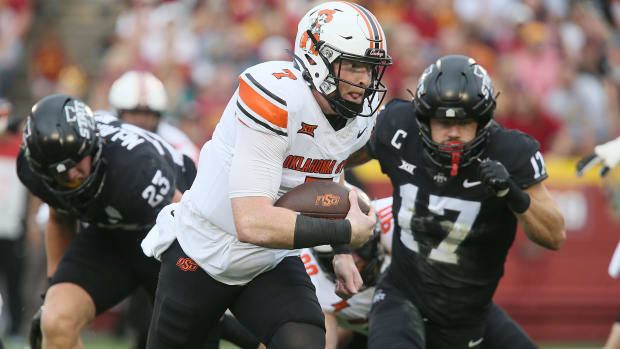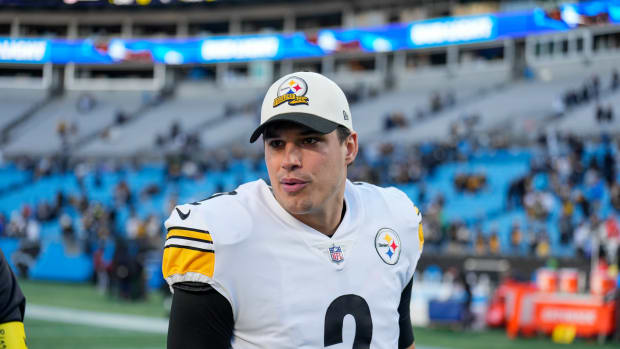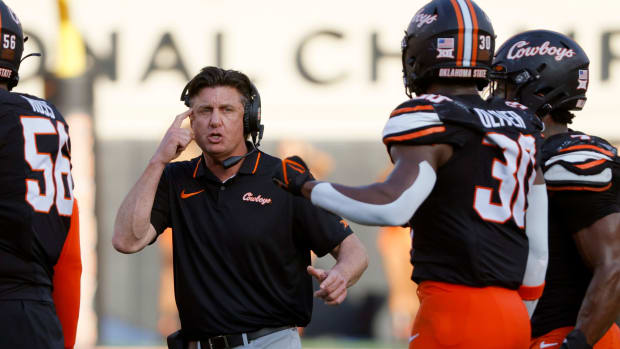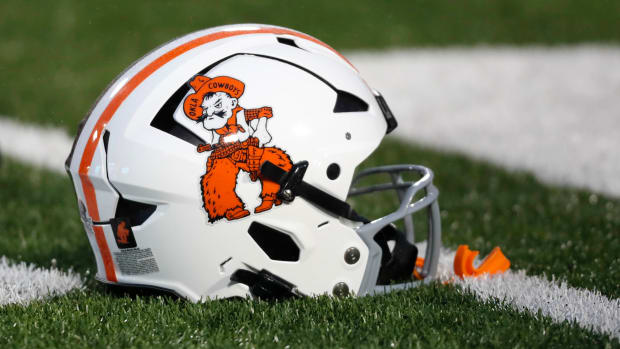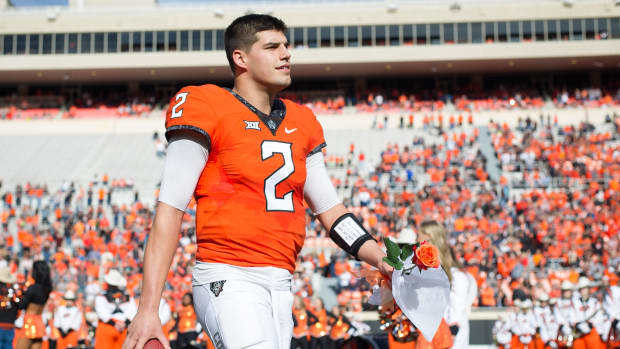Fall Sports? Skepticism Grows
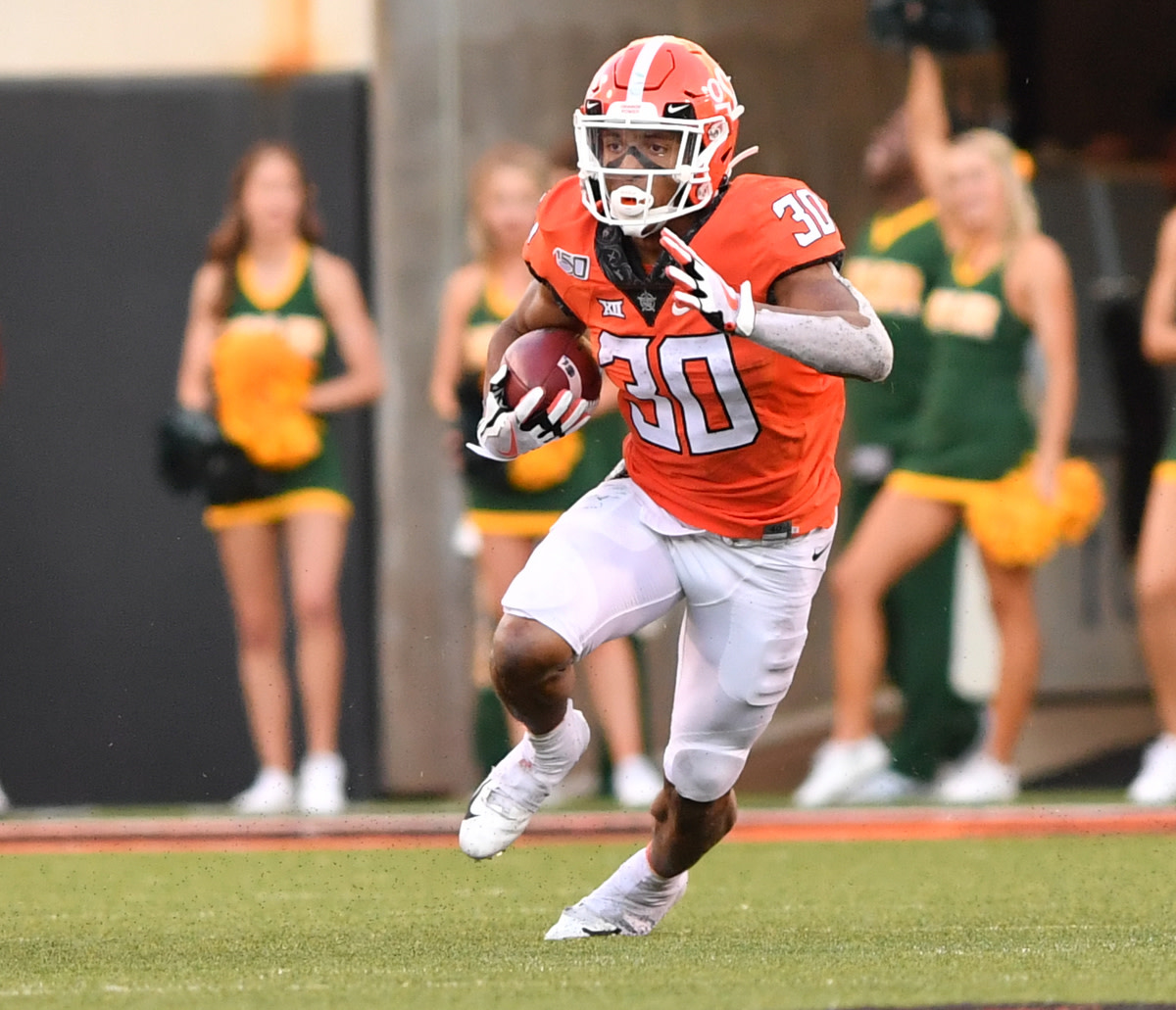
Maybe you saw Brett McMurphy’s odds on a football season, via Twitter, last week.
Low odds.
"There is probably a 75% chance we will NOT play college football in the fall...The individuals that make these decisions are university presidents, and these people are usually not risk-takers."
Not optimistic. And McMurphy, an OSU grad, is connected, so those are words to be taken seriously.
And here in late July, with August and the supposed start of preseason practices on the doorstop, at least once a scheduled opener is again in place.
And for now, a scheduled opener is key, as the opening of practices are linked to such a date. As we know, the Cowboys don’t have a game on the docket until Sept. 12, against Tulsa, after Oregon State dropped from Week 1 as the Pac-12 pulled out of all nonconference games.
But then, what are the odds this season starts on time anyway?
Back to McMurphy.
The NCAA met last week to discuss the viability of fall sports across the board, and decided not to do anything – yet.
But decisions are near, considering the fast approach of other fall seasons. Note that the OSU women’s soccer team opens play Aug. 14 at TCU.
That’s two weeks from Friday, folks.
Now, delay for all sports could be an answer. Push it all back a bit and see if conditions look better in a month or so. Maybe follow the lead of others when it comes to football, and play only conference games. That actually may not be a bad approach.
Let me explain. Students are returning to campuses across the country soon; with school starting Aug. 17 at OSU. It’s only logical that virus numbers will spike, with some 20,000 kids approaching from all areas, including internationally.
Not expecting virus numbers to rise, rapidly, is simply silly. But how universities handle the new cases and how quickly they restore normalcy is key. And there are precautions in place at OSU, including free Covid-19 tests, which are available to all and encouraged within seven days of arriving on campus.
The best-case scenario would be that the virus runs its course, ideally a quick course, a herd immunity develops and the school and – sports – trudge onward.
The question will be whether schools and parents and students and athletes are good with such a scenario. And there are no wrong responses.
McMurphy rightly points out that university presidents are not risk-takers. But they also know how important football is, not only for athletics and fans, but for the schools themselves.
Burns Hargis knows, openly recognizing athletics as the front-porch to giving. And universities so desperately need donor relations and support, especially at a time like this.
Still, university presidents are a diverse crew, cut from drastically different cloths, and that's putting it mildly. Getting them all, or at least an overwhelming number, to come together on the same page seems difficult, if not unlikely.
You can be sure the NCAA is paying close attention to Major League Baseball, which opened its season last week, pretty successfully, although as I type this news has broken that the Miami Marlins have had eight players and two coaches test positive.
What does MLB do next? Everyone will be watching.
And MLB is operating in somewhat of a bubble. Universities are not bubbles, more like a human petri dish, and football is an up-close contact sport, with sweat and spit and blood exchanged regularly.
So who knows what will, or won’t, happen on football fields this fall.
We remain in unchartered territory, without a compass.

